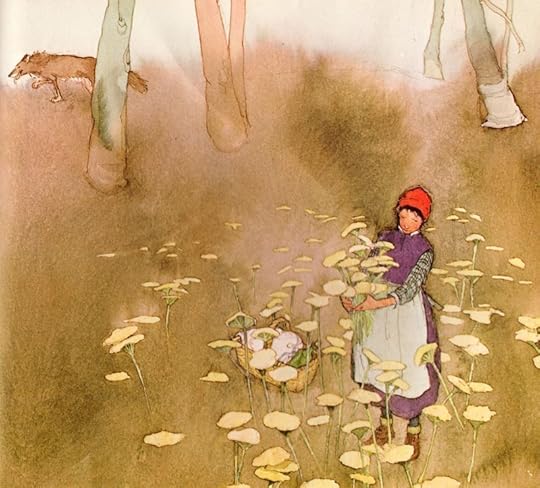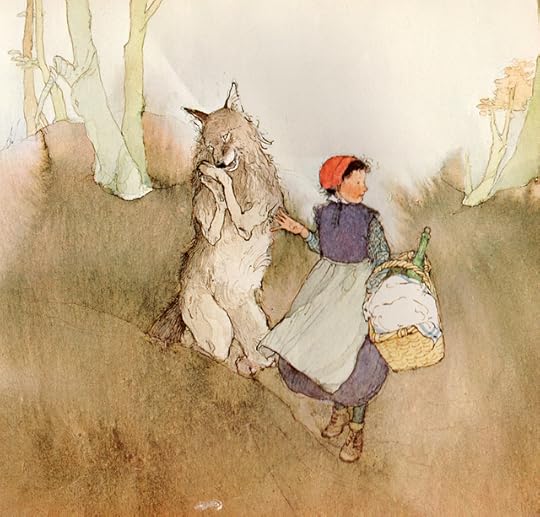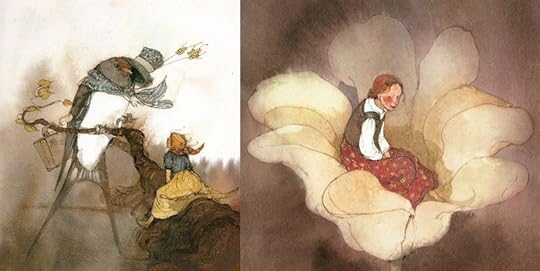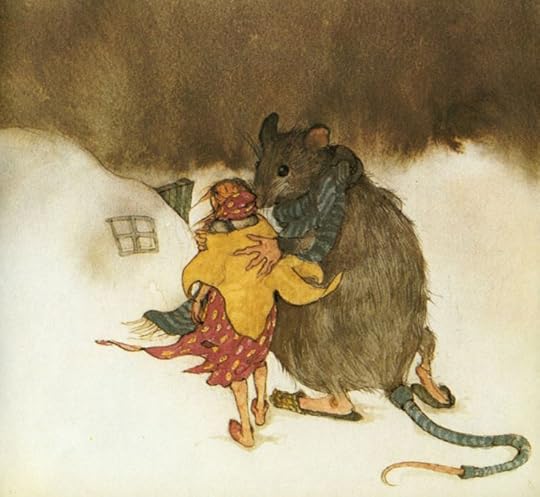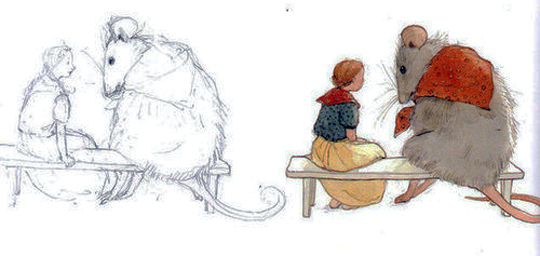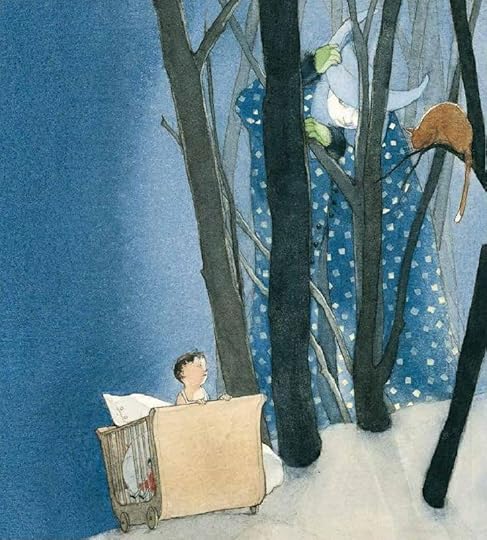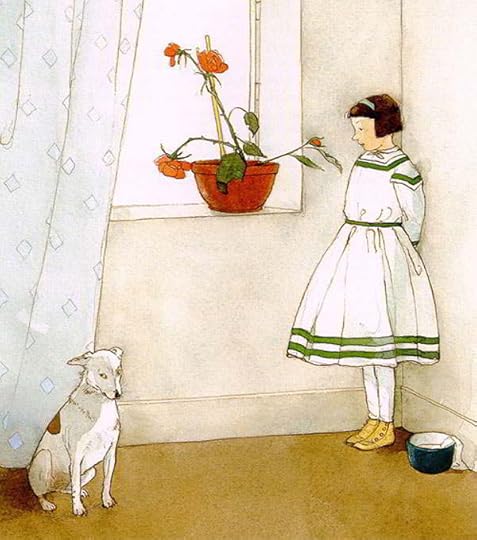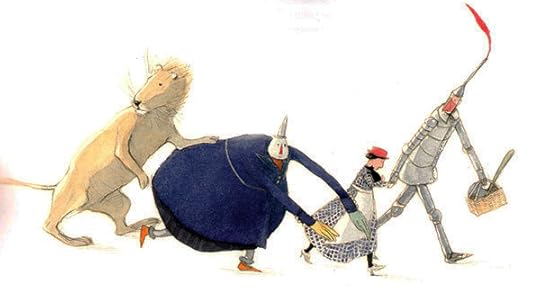The sense of wonder
"As a child, one has that magical capacity to move among the many eras of the earth," writes Valerie Andrews in A Passion for this Earth; "to see the land as an animal does; to experience the sky from the perspective of a flower or a bee; to feel the earth quiver and breathe beneath us; to know a hundred different smells of mud and listen unselfconsciously to the soughing of the trees."
But as Jay Griffiths cautions in her lastest book, Kith: The Riddle of the Childscape (which I'm reading now and highly recommend): "Children have been exiled from their kith, their square mile, a land right of the human spirit. Naturally kindled in green, they need nature, woodlands, mountains, rivers and seas both physically and emotionally, no matter how small a patch; children's spirits can survive on very little, but not on nothing. Yet woodlands are privatized ... while even the streets -- the commons of the urban child -- have been closed off to them."
What can we do to bring them back to the wild? Both the wild in the landscape and the wild in themselves?
"By suggestion and example, I believe children can be helped to hear the many voices about them," ecologist Rachel Carson wrote in The Sense of Wonder (published posthumously in 1965)."Take time to listen and talk about the voices of the earth and what they mean -- the majestic voice of thunder, the winds, the sound of surf or flowing streams."
Carsons words were important back in the '60s, and they are even more so today. As Alan Dyer states in "A Sense of Adventure" (Resurgence Magazine, Sept/Oct 2004):
"Children the world over have a right to a childhood filled with beauty, joy, adventure, and companionship. They will grow toward ecological literacy if the soil they are nurtured in is rich with experience, love, and good examples."
The paintings today are by one of my all-time favorite artists, the extraordinary Lisbeth Zwerger. Born in Vienna, Austria in 1954, she studied at the Applied Arts Academy in that city and has been illustrated 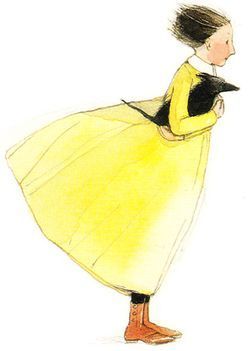 children's books since 1977, winning the prestigious Hans Christian Andersen Medal for "lasting contributions to children's literature" in 1990. Zwerger has very little web presence of her own, but you can find examples of her art on Pinterest and Tumblr -- or better still, go to her glorious books, including many fine illustrated editions of fairy tales by the Grimms, Andersen, and Oscar Wilde; classics such as Alice in Wonderland, The Wizard of Oz, The Nutcracker, and A Christmas Carol; and a very lovely art book, The Art of Lisbeth Zwerger -- which sits paint-stained and much-thumbed-through near my own drawing board, a constant source of inspiration.
children's books since 1977, winning the prestigious Hans Christian Andersen Medal for "lasting contributions to children's literature" in 1990. Zwerger has very little web presence of her own, but you can find examples of her art on Pinterest and Tumblr -- or better still, go to her glorious books, including many fine illustrated editions of fairy tales by the Grimms, Andersen, and Oscar Wilde; classics such as Alice in Wonderland, The Wizard of Oz, The Nutcracker, and A Christmas Carol; and a very lovely art book, The Art of Lisbeth Zwerger -- which sits paint-stained and much-thumbed-through near my own drawing board, a constant source of inspiration.
Terri Windling's Blog
- Terri Windling's profile
- 708 followers


